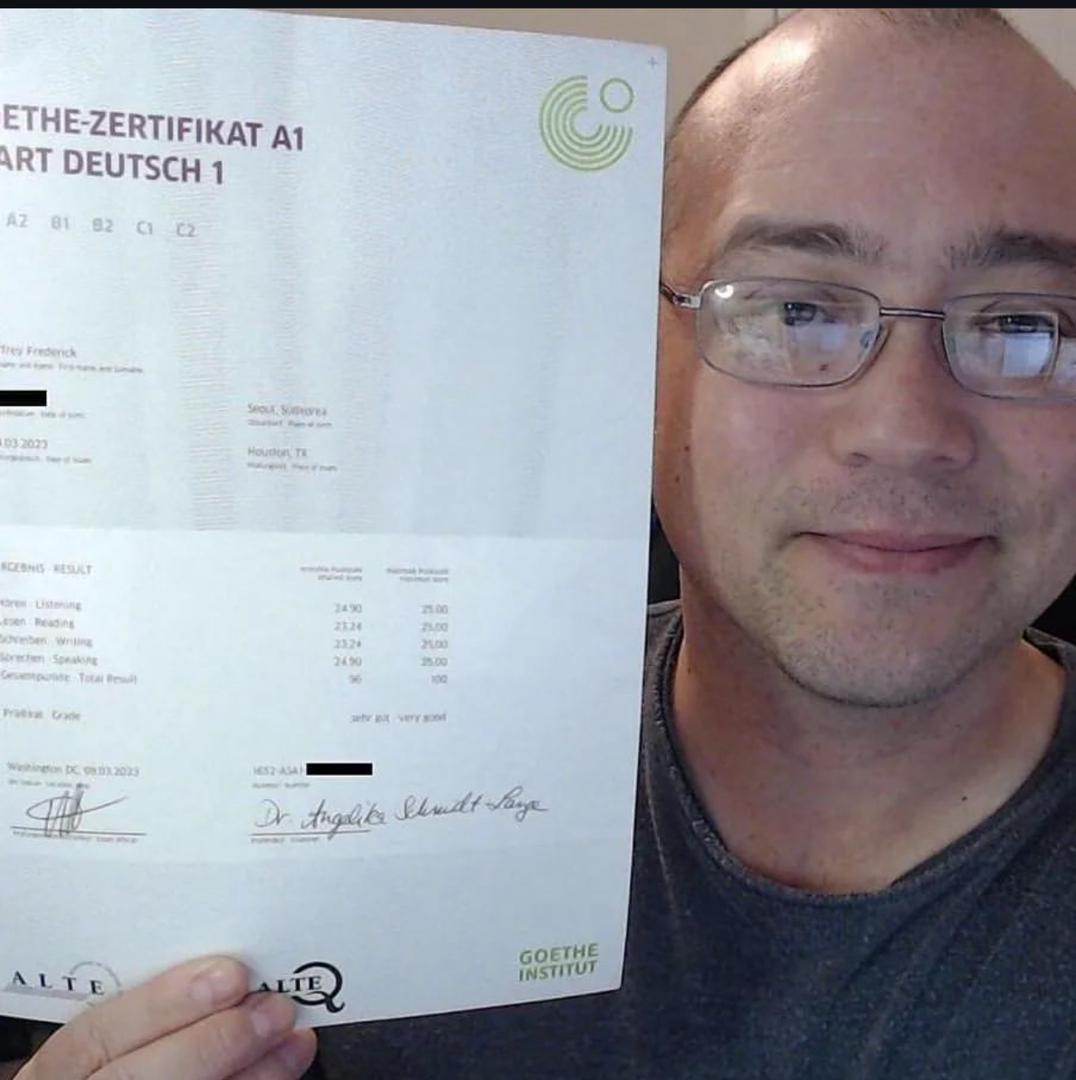Why Nobody Cares About Austrian Language Test
페이지 정보
작성자 Ben 연락처 작성일 25-03-09 01:27 조회 157회 댓글 0건본문
 Understanding the Austrian Language Test: Importance, Structure, and Preparation
Understanding the Austrian Language Test: Importance, Structure, and PreparationAustria, an attractive nation known for its spectacular landscapes, rich history, and dynamic culture, is also home to an unique linguistic identity. While German is the official language of Austria, the variations in dialects and nuances can be rather various from basic German, making language efficiency an important element for immigrants who wish to live, work, or study in the country. One considerable action in attaining efficiency in German as spoken in Austria is the Austrian Language Test (ÖSD - Österreichisches Sprachdiplom Deutsch). This post checks out the value, structure, and preparation techniques for the Austrian Language Test, as well as frequently asked concerns, to help people browse this important process.
Importance of the Austrian Language Test
The Austrian Language Test serves numerous functions, each highlighting the significance of language proficiency in communication and integration:
Social Integration: Proficiency in the local language cultivates better interaction and relationship-building, vital for individual and expert interactions in Austria.
Academic Opportunities: Non-native German speakers wanting to register in Austrian universities need to show their language efficiency through the ÖSD, ensuring they can follow coursework effectively.
Work Eligibility: Many employers in Austria require evidence of language competence, making the ÖSD a vital certification for task seekers.
Residency and Citizenship: For immigrants making an application for residency or citizenship, evidence of language proficiency is typically a requirement, highlighting the value of comprehending the regional language and culture.
Cultural Appreciation: Learning the language improves the understanding of Austrian customs, traditions, and literature, resulting in a much deeper appreciation of the country's cultural landscape.
Structure of the Austrian Language Test
The Austrian Language Test is divided into numerous levels to examine a person's command of the German language, aligned with the Common European Framework of Reference for Languages (CEFR). The test comprises the following essential components:
Levels of the Test
sprachzertifikat a1: Beginner level-- Basic understanding of daily expressions and ÖSD-Zertifikat A2 familiar expressions.
ÖSD-Zertifikat A2 (look these up): Elementary level-- Ability to communicate in easy tasks needing a direct exchange of info on familiar topics.
b1 zertifikat deutsch: ösd b1 Intermediate level-- Understanding of the bottom lines in clear basic input, including conversations on work, school, and leisure.
B2: Upper-intermediate level-- Ability to communicate with fluency and spontaneity while going over a variety of intricate subjects.
C1: Advanced level-- Proficiency in comprehending a wide variety of requiring, longer texts, and revealing concepts fluently.
C2: Mastery level-- Near-native efficiency, understanding practically whatever heard or read and expressing oneself spontaneously.
Exam Structure
The ÖSD usually consists of 4 main elements:
Checking Out Comprehension: Osd Zertifikat anforderungen Participants check out various texts and respond to concerns to evaluate their understanding and interpretation skills.
Composing: Candidates compose essays, öSd materialien - http://planforexams.com/q2a/user/clientblood28 - letters, or reports based on triggers to evaluate their ability to communicate concepts plainly and effectively.
Listening Comprehension: This area includes listening to audio recordings, followed by concerns developed to assess listening abilities and comprehension.
Speaking: This part involves oral interviews or discussions, where candidates must demonstrate their speaking capabilities in real-life situations.
The tests are designed to be engaging yet tough, ensuring that candidates can display their language abilities accurately.
Preparation for the Austrian Language Test
Preparing for the Austrian Language Test requires a structured method to ensure efficiency across all 4 skills: reading, composing, listening, and speaking. Here are numerous preparation techniques to consider:
1. Enroll in Language Courses
Language Schools: Many language schools in Austria use courses particularly developed to prepare students for the ÖSD. These courses often concentrate on the kinds of products covered in the test.
Online Classes: Various online platforms provide interactive language lessons, allowing learners to study at their own speed.
2. Experiment Past Tests
Prospects can access previous ÖSD assessment documents or sample tests to familiarize themselves with the concern formats and exam structure.
3. Participate In Language Exchanges
Joining language exchange programs or discussion clubs enables prospects to practice talking to native German speakers and other students, improving their confidence and fluency.
4. Use Language Learning Apps
Duolingo: Provides interactive language video games and exercises customized to different proficiency levels.
Babbel: Focuses on discussion abilities, providing real-life discussions important for spoken interaction.
5. Immerse in the Language
Listen to German Media: Consuming German music, podcasts, and audiobooks helps improve listening comprehension.
Check Out Literature: Reading German books, newspapers, and magazines exposes learners to various composing designs and vocabulary.
6. Work With a Language Tutor
Working individually with a competent language tutor can assist tailor finding out experiences to concentrate on individual weaknesses and reinforce particular abilities.
Often Asked Questions (FAQs).
Q1: How long does it require to get ready for the Austrian Language Test?
A1: Preparation time differs based on the individual's beginning efficiency level. Typically, it might take a couple of months of consistent research study to get ready for a particular level.
Q2: Is the ÖSD test acknowledged internationally?
A2: Yes, the ÖSD test is widely acknowledged as evidence of German language proficiency and is typically required by universities and companies in German-speaking countries worldwide.
Q3: How much does the Austrian Language Test expense?
A3: The expense of the ÖSD varies depending on the testing center and place. On average, rates vary from EUR150 to EUR300.
Q4: Can I retake the test if I do not pass?
A4: Yes, prospects can retake the ÖSD as sometimes as required to achieve their desired proficiency level.
Q5: What resources are best for exam preparation?
A5: Recommended resources include textbooks customized for ÖSD preparation, online courses, language apps, previous exam papers, and local language workshops.
 Conclusion.
Conclusion.The Austrian Language Test plays a crucial function in helping non-native speakers to incorporate smoothly into Austrian society. Achieving proficiency in the language not just opens doors to academic and expert opportunities but likewise fosters a deeper connection with the nation's rich cultural heritage. With the ideal resources and approach, mastering the nuances of the Austrian German dialect becomes a gratifying journey toward effective combination.
댓글목록
등록된 댓글이 없습니다.
